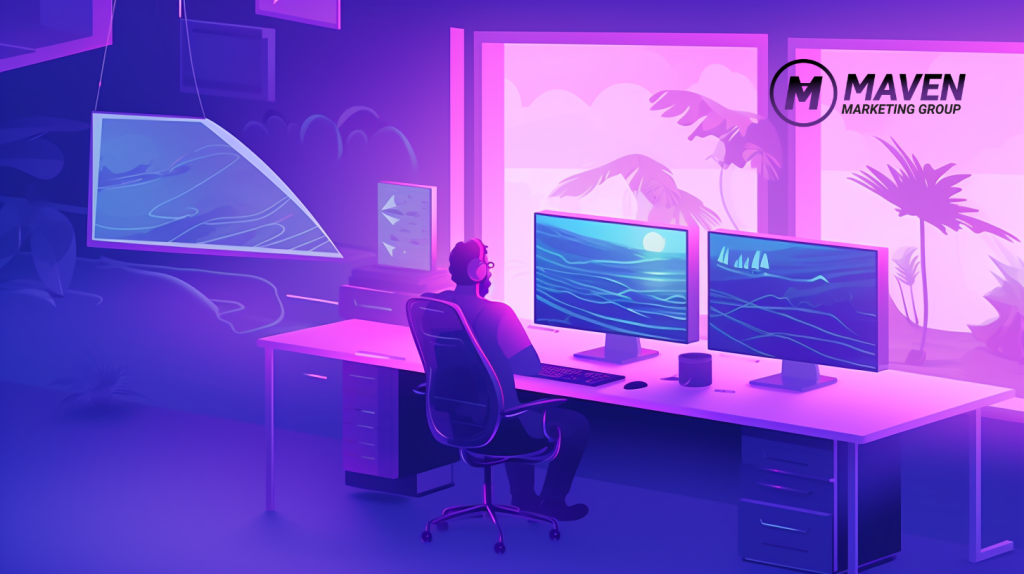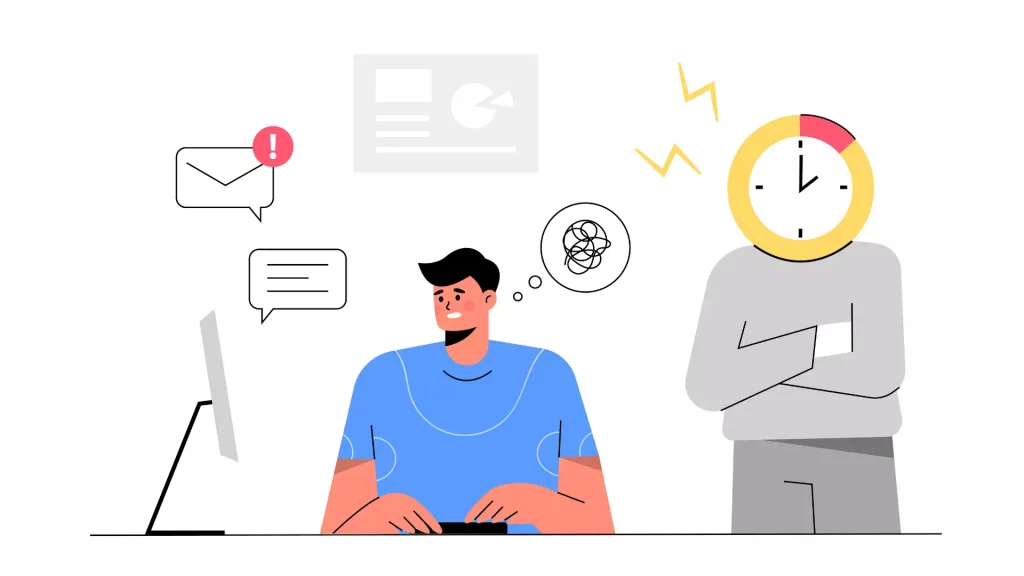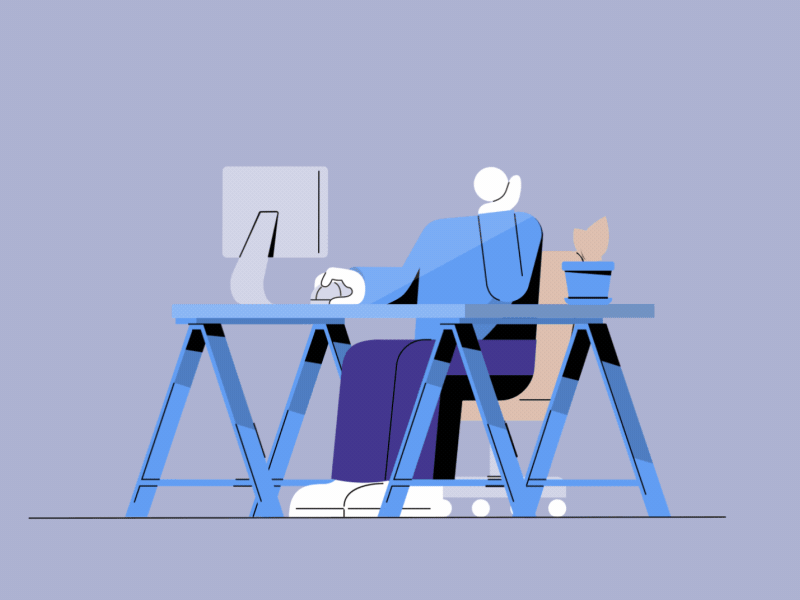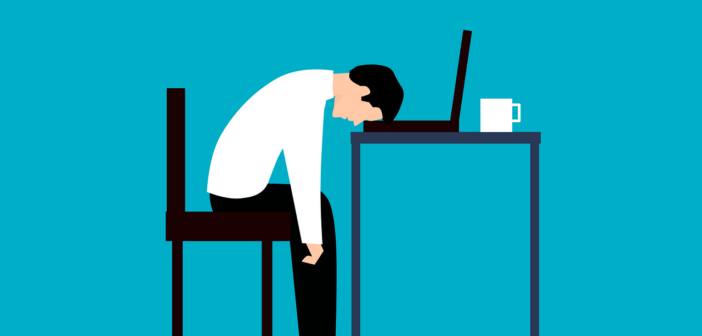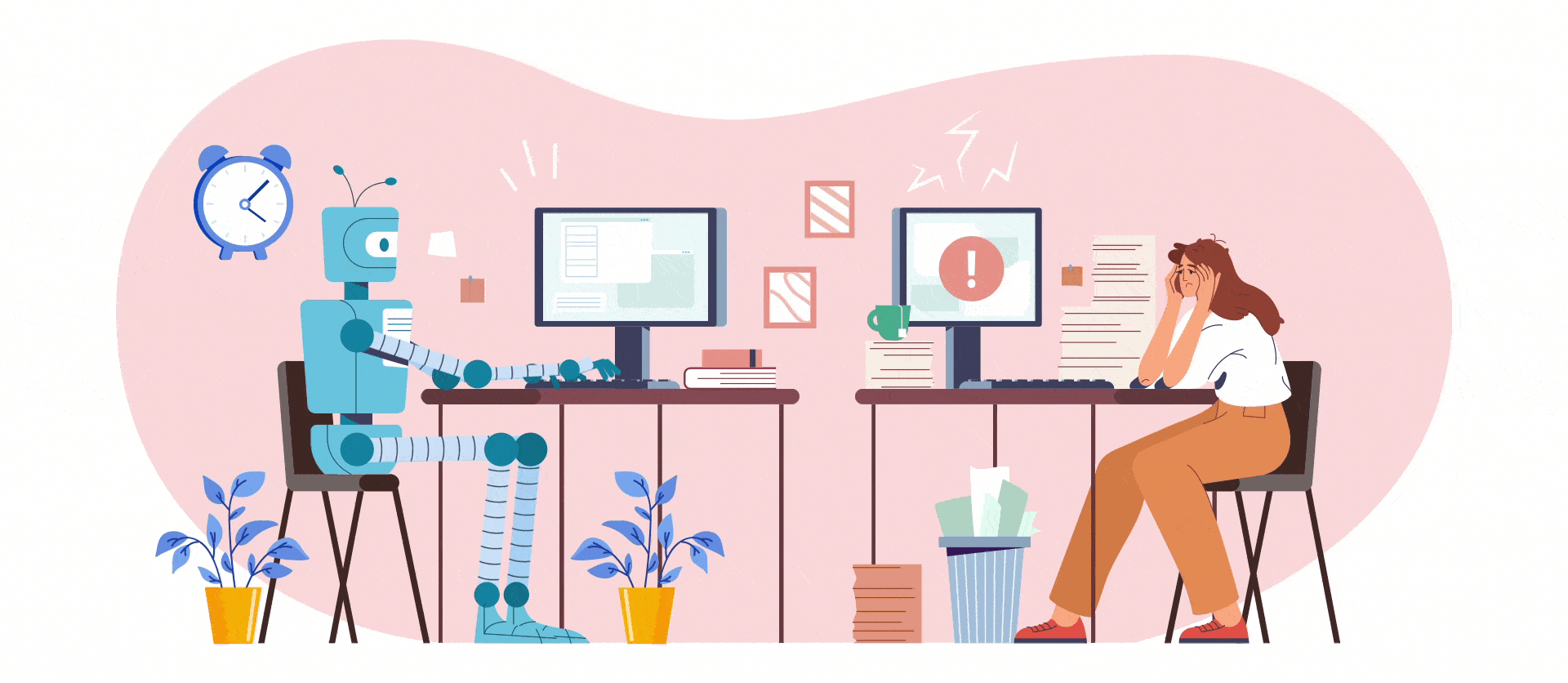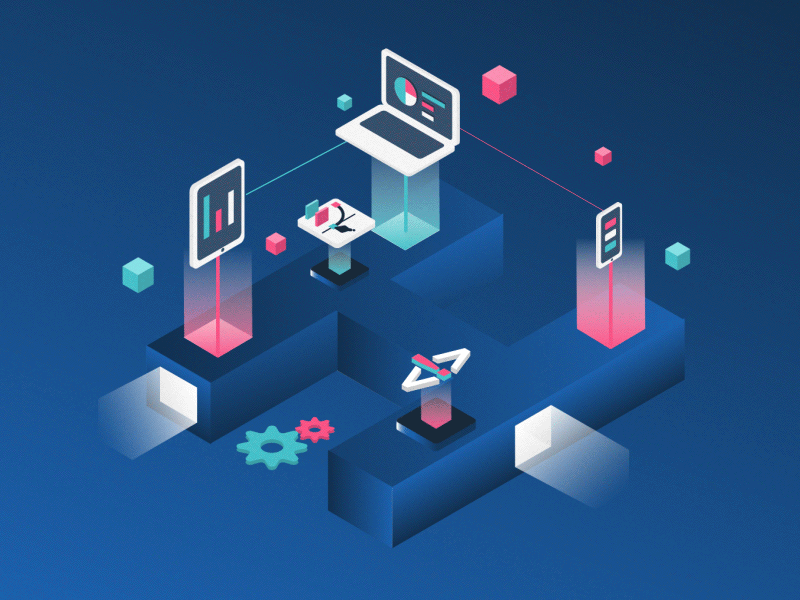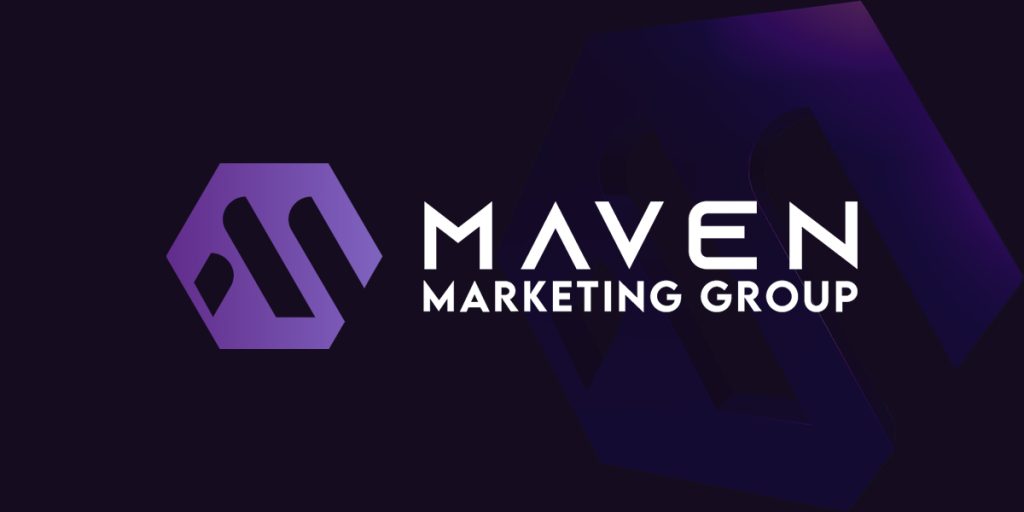
The level of stress in web design can vary significantly depending on various factors such as deadlines, client expectations, and the complexity of the projects.
While the job does offer creative freedom and a sense of accomplishment, it can also come with tight deadlines, demanding clients, and rapidly evolving new technologies, that require continuous learning.
Below, we explore some of the factors that contribute to the stress levels in web design roles.
Tight Deadlines
- What It Means: Projects often come with strict timelines for completion.
- Why It Matters: Tight deadlines can add pressure, requiring efficient time management and prioritization of tasks.
Client Expectations
- What It Means: Clients may have high expectations or make last-minute changes.
- Why It Matters: Managing client expectations can be challenging and stressful, particularly if there is a misalignment between the client’s vision and technical feasibility.
Evolving Technologies
- What It Means: The web design field is continuously evolving, with new tools and technologies emerging.
- Why It Matters: Staying updated can be stressful but is crucial for delivering current and competitive services.
Creative Challenges
- What It Means: Web design involves creative problem-solving and innovation.
- Why It Matters: While creative challenges can be fulfilling, they can also be mentally taxing and add to stress levels.
Project-based web design can be both rewarding and stressful for a quality website developer, depending on various aspects like deadlines, client expectations, and the need for continual learning to enhance website quality.
It’s essential for a website developer to manage these project stressors effectively to enjoy a fulfilling and successful career in web design.

